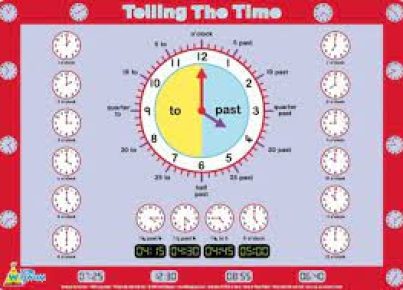Introduction:
As educators, one of our most significant responsibilities is to help students develop healthy habits and growth mindsets that contribute to their lifelong success. An essential component of this process is teaching students how to set achievable and meaningful goals. In this article, we will discuss a free and easy activity that can help students set their goals for the upcoming year, fostering a sense of purpose and focus.
Activity Overview:
This goal-setting activity revolves around one central concept – SMART goals. SMART stands for Specific, Measurable, Achievable, Relevant, and Time-bound – all essential components of an effective goal. By encouraging students to create SMART goals, we empower them to break down their dreams into actionable steps and set realistic timelines.
Step 1: Introducing SMART Goals
Start by discussing the concept of SMART goals with your students. Provide examples of generic goals converted into SMART ones and explain each criterion:
– Specific: Clearly define what they want to achieve.
– Measurable: Identify ways to track their progress.
– Achievable: Ensure the goal is realistic given their current resources.
– Relevant: Align the goal with their broader ambitions.
– Time-bound: Set a deadline for accomplishing the goal.
Step 2: Brainstorming Individual Goals
Ask students to spend 10-15 minutes brainstorming a list of personal goals for the upcoming year. Encourage them to think about areas they want to improve in or new skills they’d like to acquire.
Step 3: Converting Goals into SMART Ones
Now that your students have a list of potential goals, ask them to choose 1-3 they find most important or exciting. Then, guide them in transforming these goals into SMART ones using the criteria discussed earlier.
Provide ample support during this process by discussing examples as a class or offering individual feedback.
Step 4: Forming Action Plans
Once each student has their SMART goals, they’ll need a clear action plan to achieve them. Ask students to break down their goals into smaller tasks or milestones that can be completed over time. This will help them perceive the goal as manageable and motivate them to take consistent action.
Step 5: Tracking Progress and Celebrating Success
Finally, discuss different ways students can track their progress toward their goals. Encourage them to check in on their goals regularly and celebrate small victories along the way. Creating a classroom goal board or sharing updates during class can boost accountability and inspire fellow students.
Conclusion:
This free and easy activity is designed to introduce students to the concept of SMART goal-setting and empower them with the tools necessary to set, pursue, and achieve meaningful goals. By teaching students how to approach goal-setting systematically, we instill a sense of agency, responsibility, and resilience that will benefit them throughout their lives.





